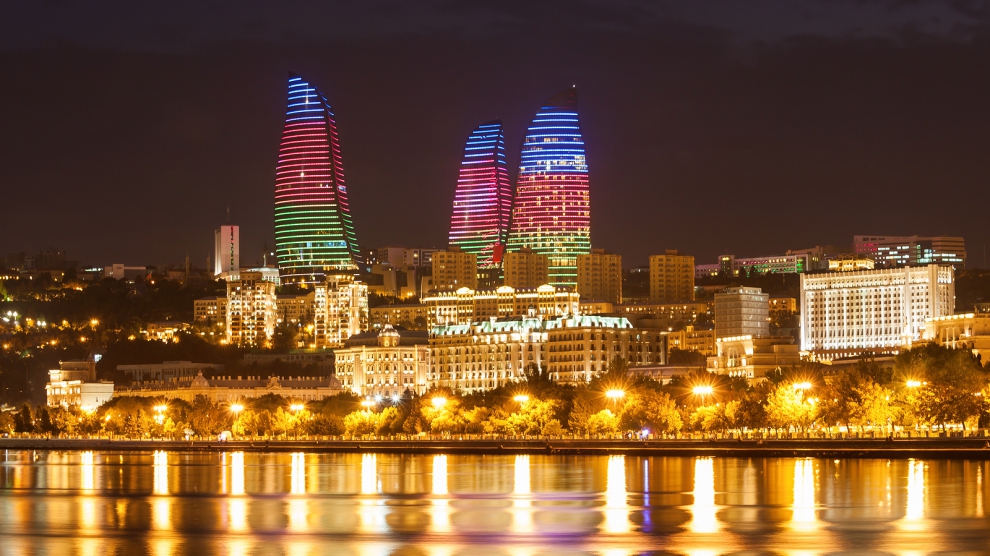The countries of the South Caucasus look set for continued economic growth, although lower commodity prices and lower growth levels in Russia and China pose present risks, analysts at the Institute of International Finance have said.
According to the IFI’s latest report, all three countries of the South Caucasus region (Armenia, Azerbaijan and Georgia) are on course to expand their economies this year. Armenia’s GDP is expected to grow by six per cent this year, with Georgia looking set for a 4.8 per cent growth in 2019. At the same time, the IFI projects the Azeri economy to expand by 2.8 per cent.
As for 2020, the IFI expects the Armenian economy to grow by 5.1 per cent, the Georgian economy by five per cent, with Azerbaijan projected to show a slight increase of 2.9 per cent compared with 2018.
“While the region has seen widespread improvement in Doing Business rankings, the share of state-owned enterprises (SOEs) remains very high, particularly in Azerbaijan,” IFI analysts said. “Azerbaijan is experiencing a gradual recovery, with the non-oil sector playing an ever-increasing role,” the IFI report reads, noting that structural economic reforms are “ongoing.”
“Long-term rapid and inclusive growth will be increasingly dependent on physical and human capital accumulation. While most investment needs to originate in the private sector, continued public investment in infrastructure and the social sector could play an additional facilitating role,” the experts of the Institute wrote about Armenia, adding that “deep reforms are also needed to raise total factor productivity.”
“Georgia continues to register strong growth despite weaker economic activity among its main trading partners, particularly Turkey and Russia,” the IFI’s analysts noted.


Add Comment